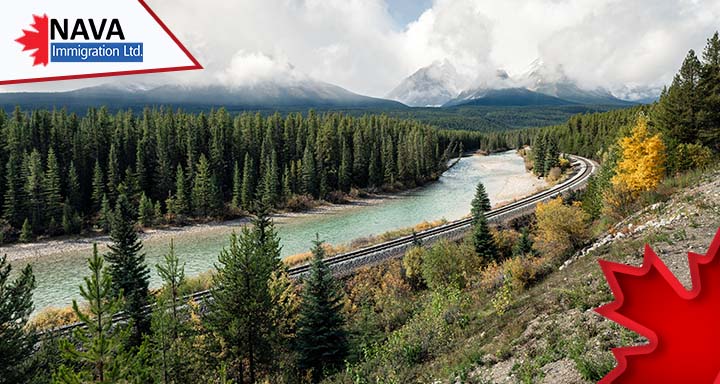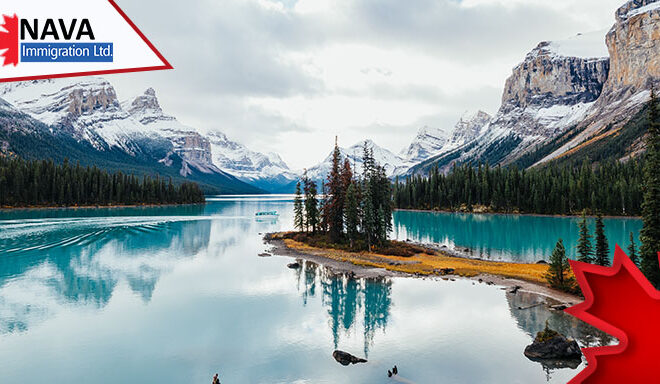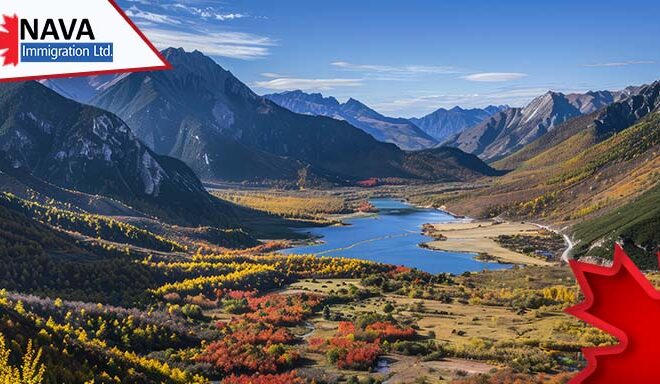Everything About Living In Winnipeg, Manitoba
Winnipeg is one of the many destinations one can consider when moving to Canada. Selecting the right city is a major decision and will have an impact on your quality of life and economic success. Therefore, it is vital to research before making any decision. Well, here’s everything you need to know about living in Winnipeg, Manitoba.
Interestingly, depending on where you choose to live, you could see major differences in the cost of living, housing prices, job opportunities, etc. This is why choosing the right city plays a crucial role in your financial success once you arrive. Stick to this guide if you are thinking of moving to Winnipeg.
About Winnipeg, Manitoba
Winnipeg is the capital of Manitoba and the largest city in the province. It is in the eastern part of the Canadian Prairies in Western Canada.
This city is known as the ‘Gateway to the West,’ connecting Ontario to the Prairie province. It is a railway as well as a transportation hub with a diversified economy. The Manitoba Provincial Nominee Program (MPNP) brought immigrants to Canada, and Winnipeg became home to thousands of immigrants/ newcomers. So, it’s also known for being a multicultural city.
Moreover, the city is named after Lake Winnipeg and has four lakes running through it. It is close to many Canadian Shield parks and lakes.
It was initially a trading post for Indigenous people before the advent of European settlers. The city was officially incorporated as a city in 1873 and rapidly grew after the expansion of the Canadian Pacific Railway in 1881. It was Canada’s third-largest city in 1911. Presently, it is the sixth-largest city in the country.
How Many People Reside In Winnipeg, Manitoba?
For living in Winnipeg, Manitoba, you first need to know the population of the city.
Well, the City of Winnipeg had a population of 749,607 as of the 2021 Census. The Winnipeg Metropolitan Region includes over 18 surrounding municipalities with 834,678 residents.
Moreover, the city has a diverse population, including a high number of people of European descent as well as the highest concentration of Aboriginal people in Canada.
Winnipeg’s Local Economy
Winnipeg’s economy is one of the fastest-growing economies among Canada’s significant cities. It is also one of the nation’s most diversified economies, including IT, manufacturing, financial services, etc.
The manufacturing sector includes food and beverage, farm equipment, buses, aerospace components, plastic, chemicals, and more.
Winnipeg, Manitoba is also home to the Royal Canadian Mint, which produces all of Canada’s circulating coinage. The Mint also manufactures coins for other nations, along with metals like gold, silver, etc.
Winnipeg has one of the largest financial sectors in the country, and the headquarters for some of the nation’s biggest insurance companies and investment forms are there.
The key sectors in Winnipeg include:
- Aerospace
- Creative Industries
- Financial Services
- Agribusiness
- Advanced Manufacturing
- Life Sciences
- Transportation and Distribution
The Winnipeg Housing Market
Choosing a place to call it your home in Winnipeg is another significant decision that can help you settle in the city. The city offers numerous diverse neighborhoods to choose from. Moreover, your physical location and the street you reside on will affect you daily. When selecting a location, consider factors such as access to transit, stores, childcare, hospitals, workplaces, etc.
Is Housing Expensive In Winnipeg, Manitoba?
Another thing to know about living in Winnipeg, Manitoba, is house prices.
Over the past few years, Winnipeg has experienced a significant rise in house prices. For instance, the average price of a new house increased 115%, and the average price of a resale house increased 70% over the past decade. Because of population growth and demand for more homes, house prices will continue to rise.
Nevertheless, house prices in the city are still low as compared to other cities in Canada. For the past several years, the strongest demand and the most new homes built have been in the southern area of the City, like south St. Boniface, south St. Vital, and Fort Garry. Also, single-family dwellings outnumber multi-family dwellings.
Elementary and High School Education In Winnipeg
In order to study in Canada, you must know about all the educational institutions.
There are over seven school divisions in Winnipeg, Manitoba. The largest is the Winnipeg School Division, including 77 schools and over 5,300 staff members. It teaches more than 33,000 students.
The other divisions are the The Franco-Manitoban School Division, St. James-Assiniboia School Division, which has 15 elementary schools, four high schools and six middle schools; Pembina Trails School Division; River East Transcona School Division; Seven Oaks School Division, and the Louis Riel School Division. Parents can also send their children to private or religious schools.
Driving In Winnipeg, Manitoba
Winnipeg, Manitoba has a well-connected road system. The city has highways in all directions from the city, thus making it easy to get around. The Trans-Canada Highway runs through the city, and circles around on the Perimeter Highway, also known as the Beltway. Moreover, Provincial Trunk Highway 75 connects to the United States and is the busiest border crossing on the Prairies.
All drivers must have a Manitoba driver’s license. It’s important to understand the rules of the road and have stronger winter driving skills.
Language Support In Winnipeg, Manitoba
Numerous local organizations offer language services as well as support to permanent residents.
Moreover, community groups that offer language assistance include Enhanced English Skill for Employment (EESE), EDGE Skills Center, Heartland International English Schools, and The University of Winnipeg-English for Specific Purposes Program.
Conclusion
Winnipeg, Manitoba, is a dynamic city known for its cultural diversity, rich history, and welcoming community. As Manitoba’s capital, it features a mix of urban and natural attractions, like historic sites, bustling markets, a zoo, as well as gardens. The city’s vibrant arts scene, diverse culinary offerings, and numerous festivals, like Folklorama, contribute to its lovely atmosphere. Despite its cold winters, Winnipeg enjoys warm summers, thus offering a variety of seasonal activities. Thus, Winnipeg offers a blend of resilience, warmth, and charm, making it an appealing place to live and visit.
If you seek information on how to begin your Canada immigration application process, you can talk to our NavaImmigration experts at 1800-918-8490, or you can also drop us an email at [email protected].





